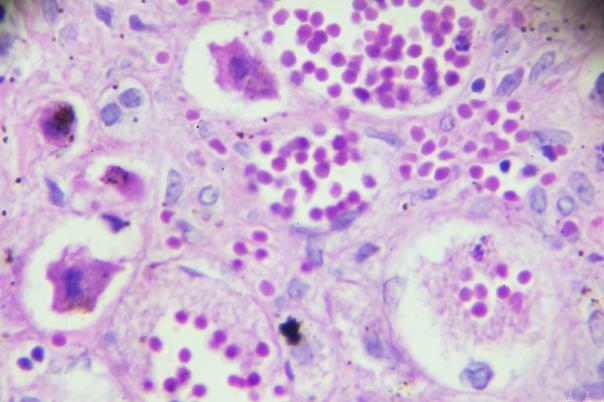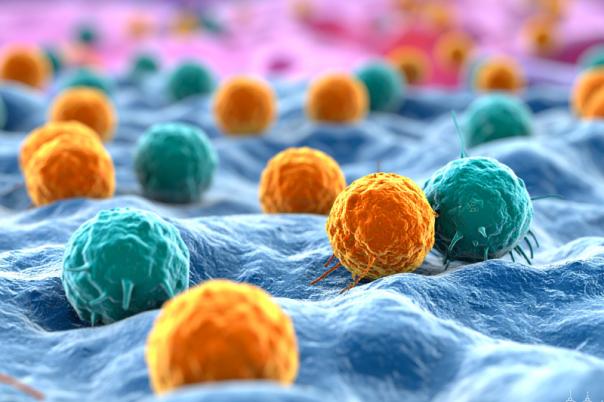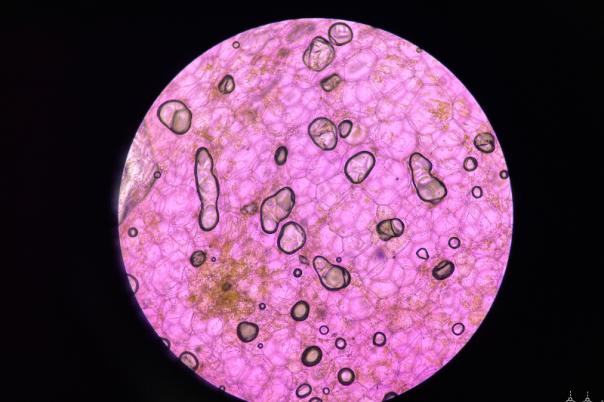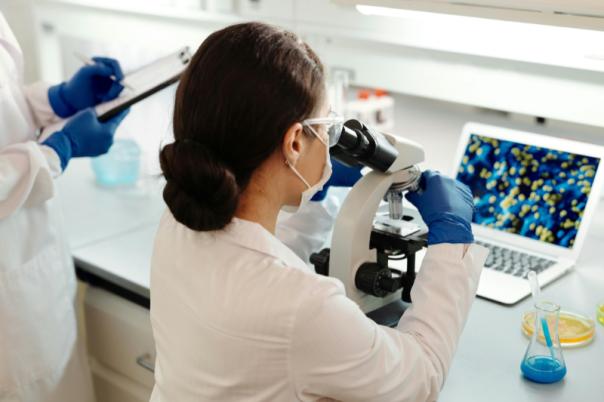The Sanger Institute is a renowned organisation focusing on scaling and improving its spatial genomics. Mina Patel, Spatial Operations Manager, Sanger Institute, highlighted the versatility of spatial technologies across several projects. She discussed how her team has developed a comprehensive platform for spatial genomics, including tissue processing, embedding, staining, RNA extraction, and analysis. She uses various spatial techniques such as RNA scope, Visium, CytAssist, and Xenium.
In 2021, Patel began working with an in-house tracking system called Spatial Tissue ANalysis to track samples from beginning to end, ensuring compliance with storage requirements and tracking. Beforehand, the team used Excel to track data, which was laborious. The new system has reduced turnaround times and enabled detailed monitoring of sample sections and associated data. The throughput of CytAssist runs increased steadily, with 57 runs in 2023
Patel explained that her team has spent years optimising and refining protocols like their CytAssist for various tissue types, including glioblastoma and paediatric thymus, and established strong collaborations with sample providers and end users. The CytAssist tool also helped reduce waste steps, which led to a positive knock-on effect on turnaround times. She continued to state that her team is investigating the potential of automation at certain points in the process. Patel’s team prioritises samples and shares expertise through workshops and user group meetings.
Furthermore, Patel began onboarding Xenium workflows in 2023 to generate significant data from various projects, including glioblastoma, lung, skin, mouse brain, and spinal cord samples. Patel emphasised the impressive onboard imaging and data output capabilities of Xenium. She briefly touched on other example projects, like data from Paxgene fixed samples and fresh frozen skin samples showed improved gene expression and clustering, as well as a pilot project on lower lobe peripheral parenchyma in the lung.
Patel concluded by outlining future plans, which include increasing plex levels of Xenium, exploring cell segmentation, onboarding Visium HD, and considering automation for parts of the processes. All in all, her talk captured the diverse use and application of spatial technologies and the criticality of collaboration in advancing this area.




